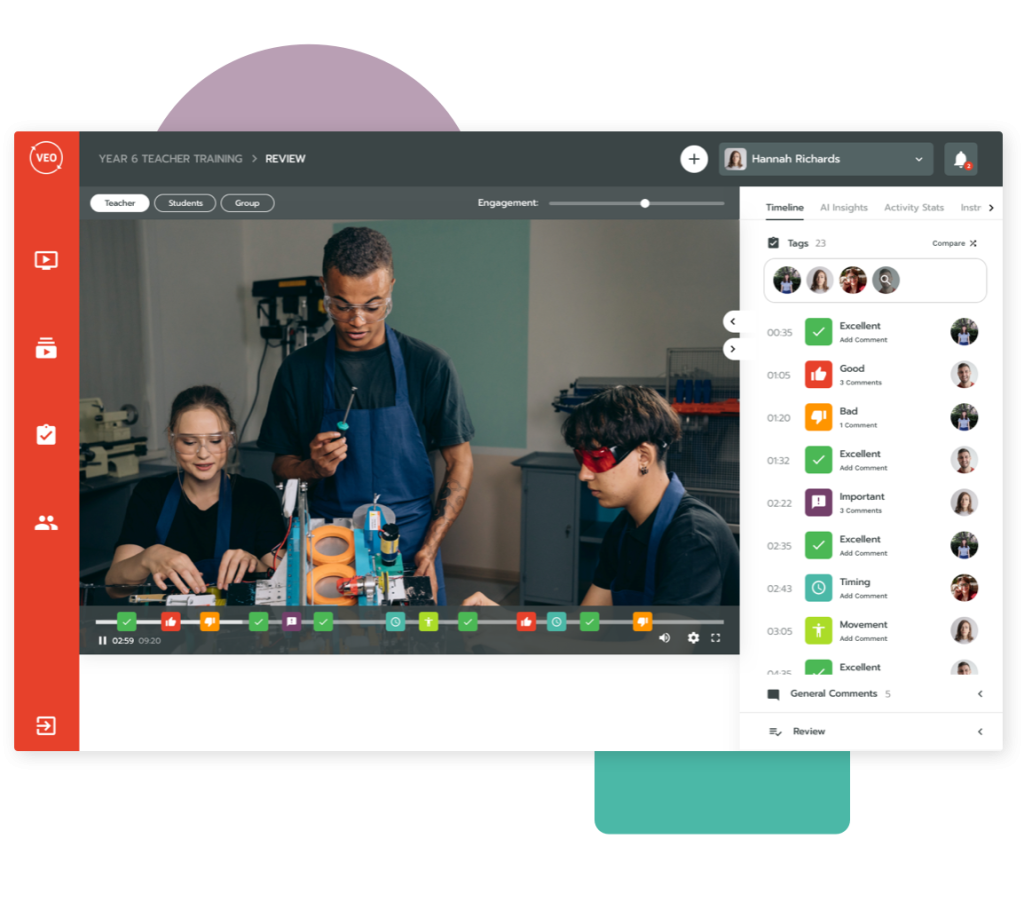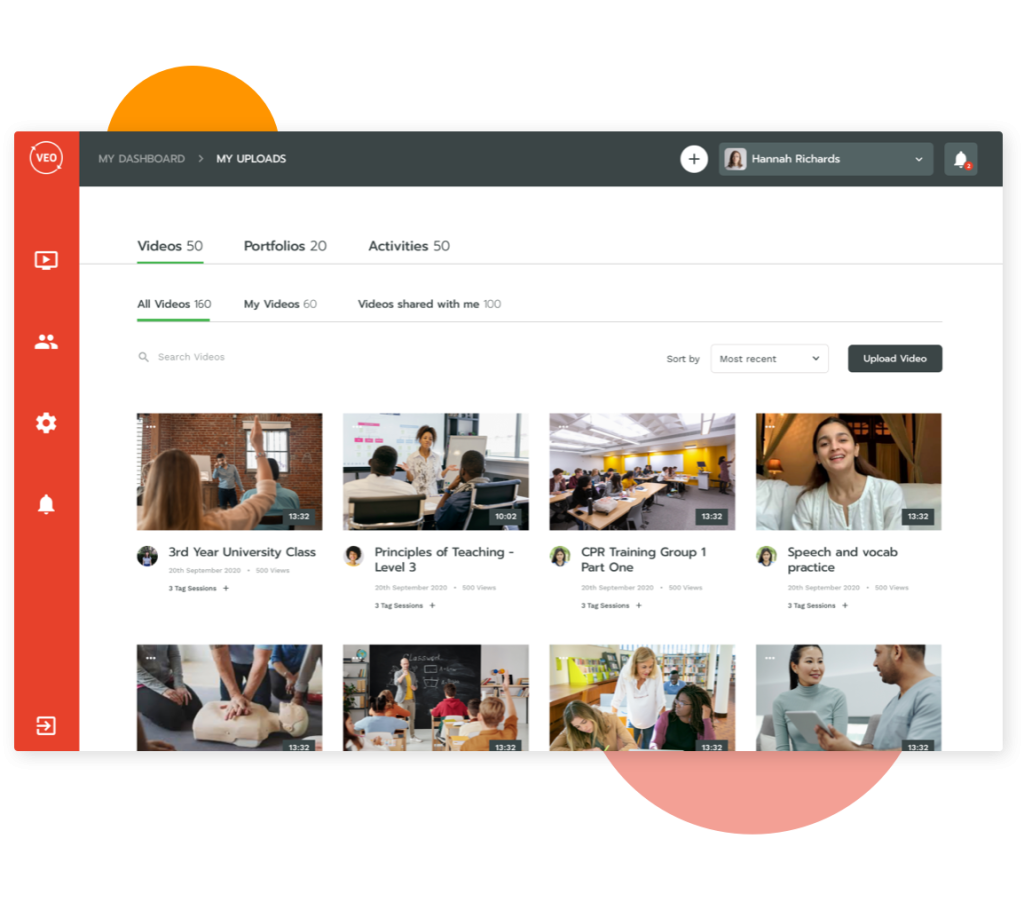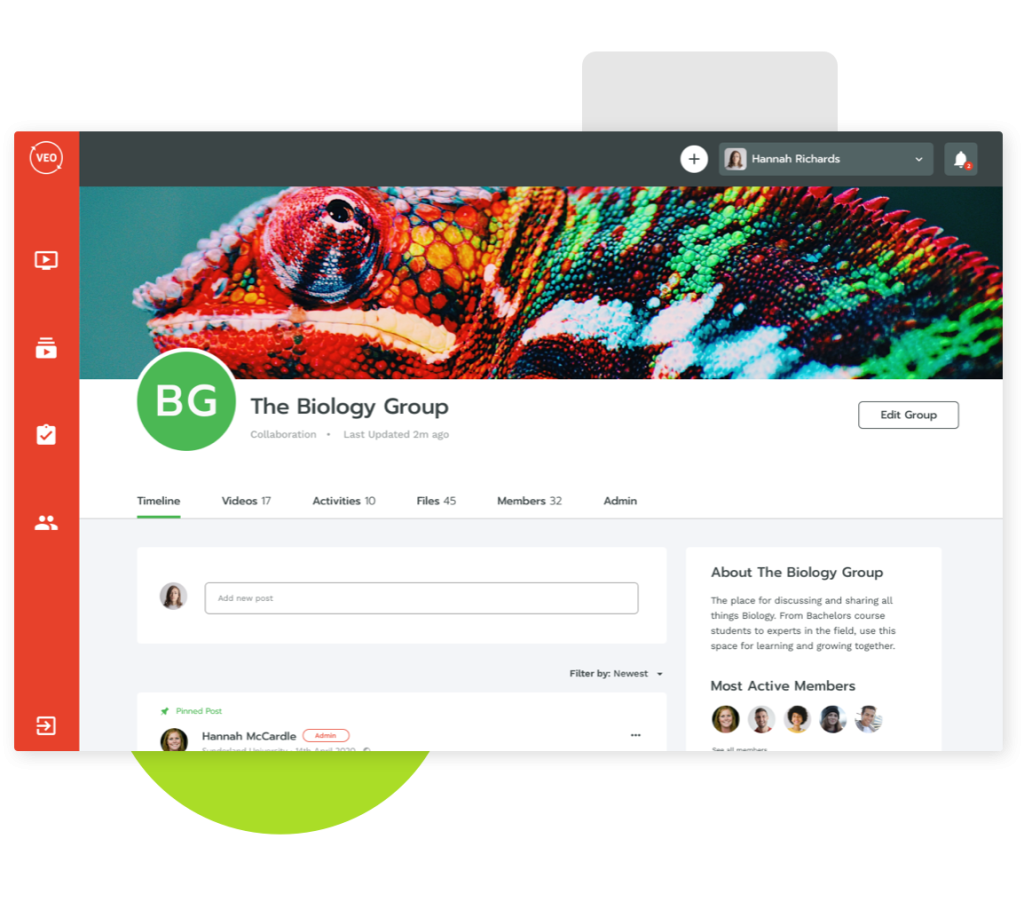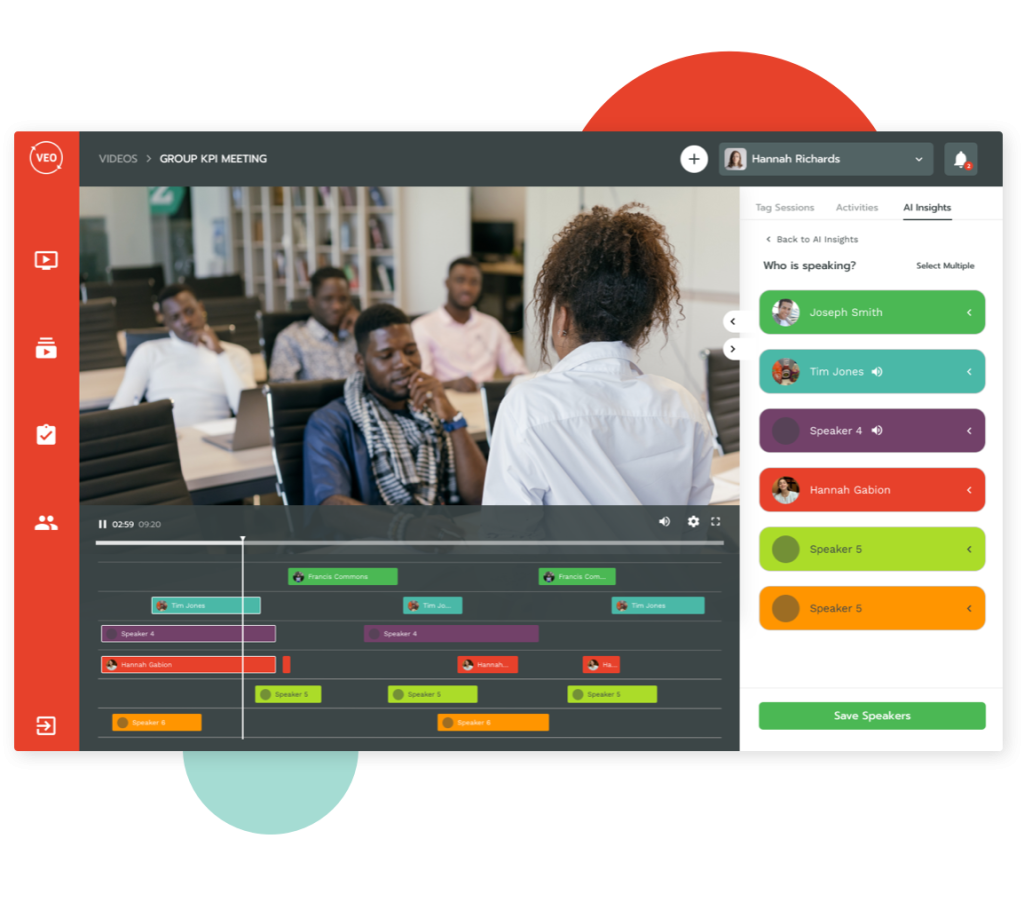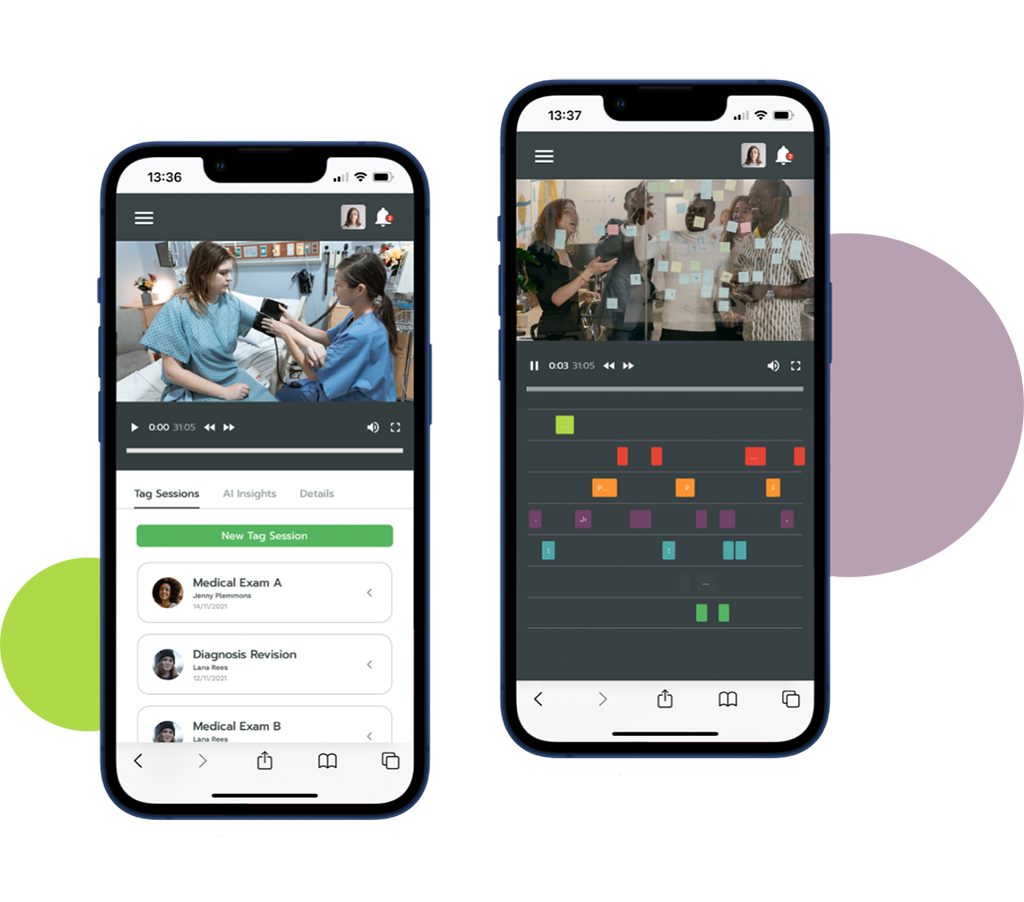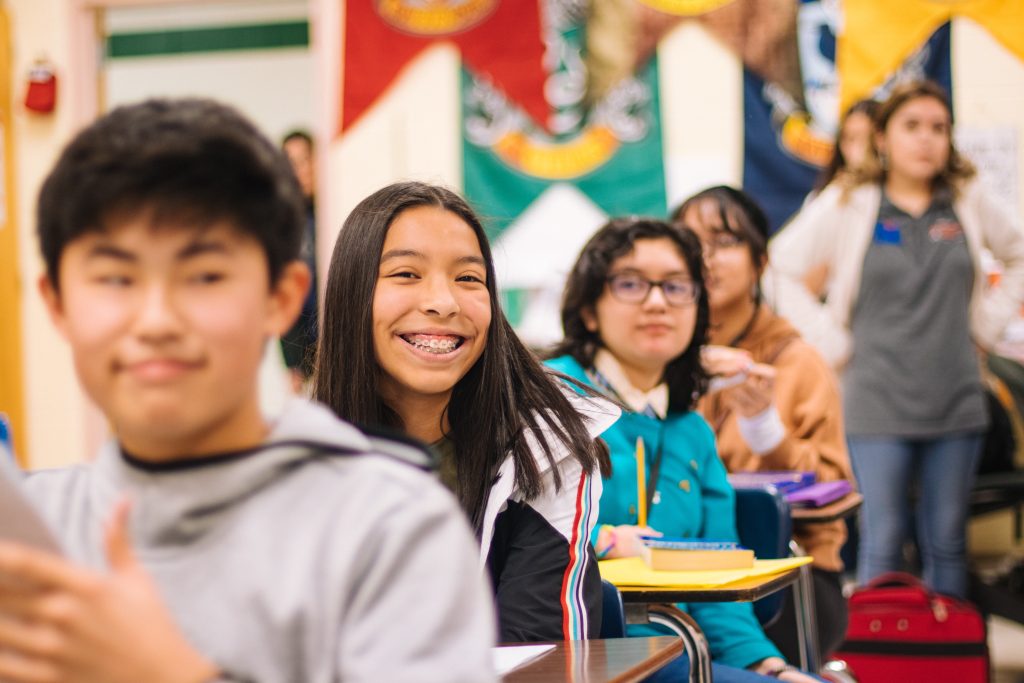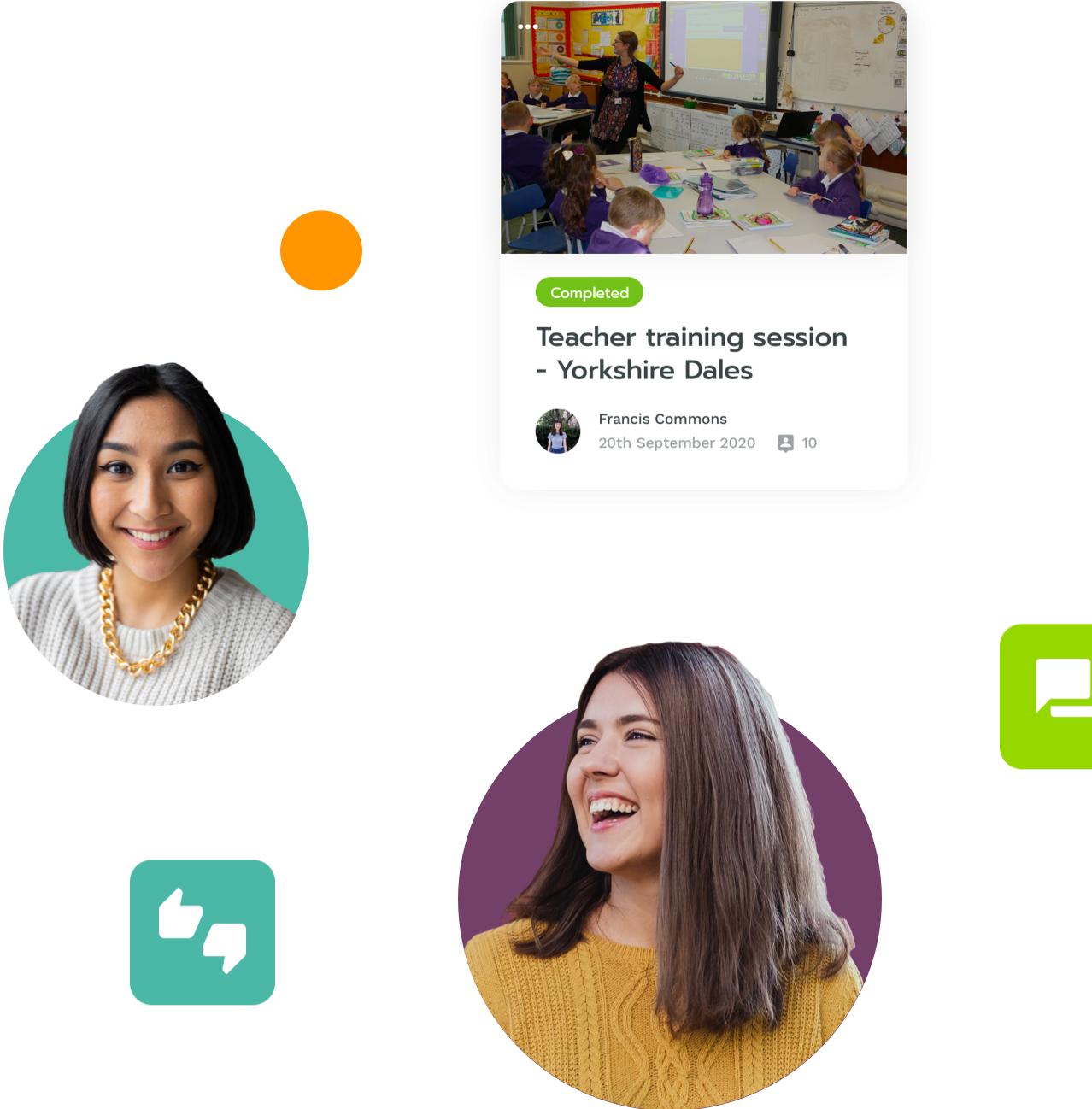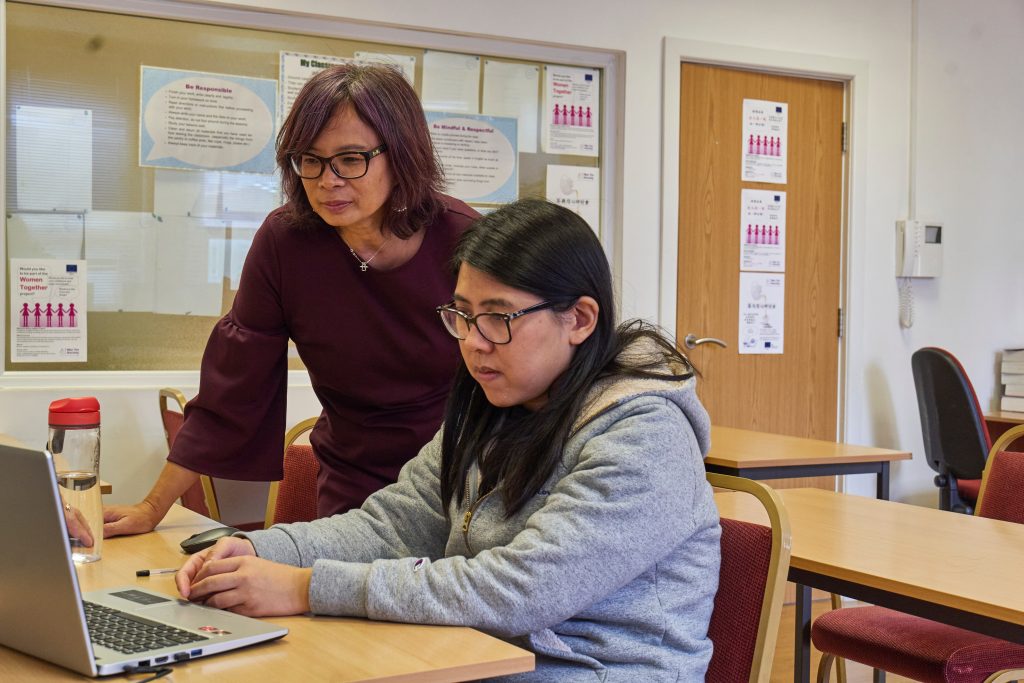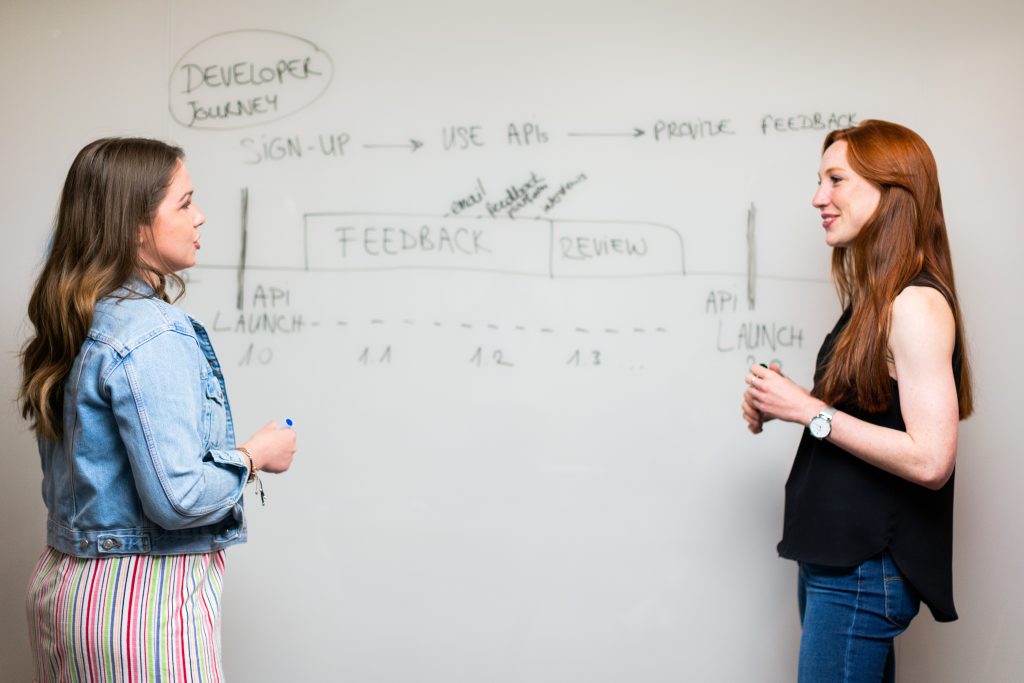When it comes to education in the classroom, the traditional focus has always been, first and foremost, on teaching. That might not sound like a problem, after all, that’s what teachers are there for isn’t it? The truth is, well… it depends.
Traditional, teacher centred education is geared towards delivering information to students in a clear, concise manner. Fingers on lips, hands up if you have a question, be quiet, listen and memorise. But what if there’s a better way?
What if instead of a focus on teaching information, we focus on students’ learning and how they absorb information? Or in other words, learner-centred education. In this blog we take a look at both education methods, so you can assess which is the best approach for your classroom.
What is teacher centred education?
Teacher centred education is focused on the passing of knowledge from teachers to students. This method has been standard practice for centuries. In fact, most of your own school experience probably took place in teacher-centred classrooms.
In these classrooms the teacher is the authority, and is expected to be the centre of attention at all times. Students, on the other hand, are expected to listen to information, take notes and passively receive it, ready to recite it in textbook exercises. Sound familiar?
What is student centred education?
The student centred approach to education aims to allow students to take a more active role in their own learning. In this style of teaching, teachers act more like coaches, guiding learners towards answers, rather than telling them. Instead, students are given more agency over the teaching and learning of themselves and their peers.
One example of this is self-observation and video tagging through VEO, where groups of students can carry out, record, review and give feedback on an activity, which can then be assessed by a teacher at a later date.
What are the benefits of teacher centred education?
Teacher centred education is tried and tested, and has been used for generations. Lessons are easy to plan and deliver, and the ability to keep order means there is little worry about straying off the syllabus or missing important topics.
With the teacher in control of the classroom, students are quiet and less likely to act up, as they are required to be constantly engaged with listening to the teacher. Furthermore, as students are required to work through tasks individually, they are taught critical decision making and independent learning skills.
However, while these classrooms are often less distracting for learners, they are also much less engaging. When listening to a teacher speak for a whole period, they may drift in and out of concentration and miss critical information.
What are the benefits of student-centred education?
Student centred education is based on recent scientific studies and observations. In these situations, students develop and build important collaboration skills and learn to solve problems through communication, instead of memorisation.
Students are also more likely to engage in learning when they themselves play a part in the learning process. In some cases, students even play a part in directing their own learning, choosing the path, process and evaluation methods that work best for them.
Although, leaving students in charge of their own teaching can have its downfalls. These classrooms are often noisy, sometimes bordering on hectic, as multiple groups of learners are conversing at the same time.
It can also be easy for students to get left behind. Busy environments may mean that some students may not receive the one-to-one attention they need to progress.
So what’s the best strategy?
As you can imagine, there’s not exactly a simple answer. While many schools have been shifting towards a learner centred approach in recent decades, there are still many benefits to the teacher centred design that can’t be ignored.
This is why many classrooms have adapted a hybrid approach to teaching, adapting methods and styles from each approach within the same class, based on what works best for them and the individual needs of their students.
No matter your teaching style, VEO can help you to transform your teaching through continued self-observation and personal progression. Click here to book a demo.
